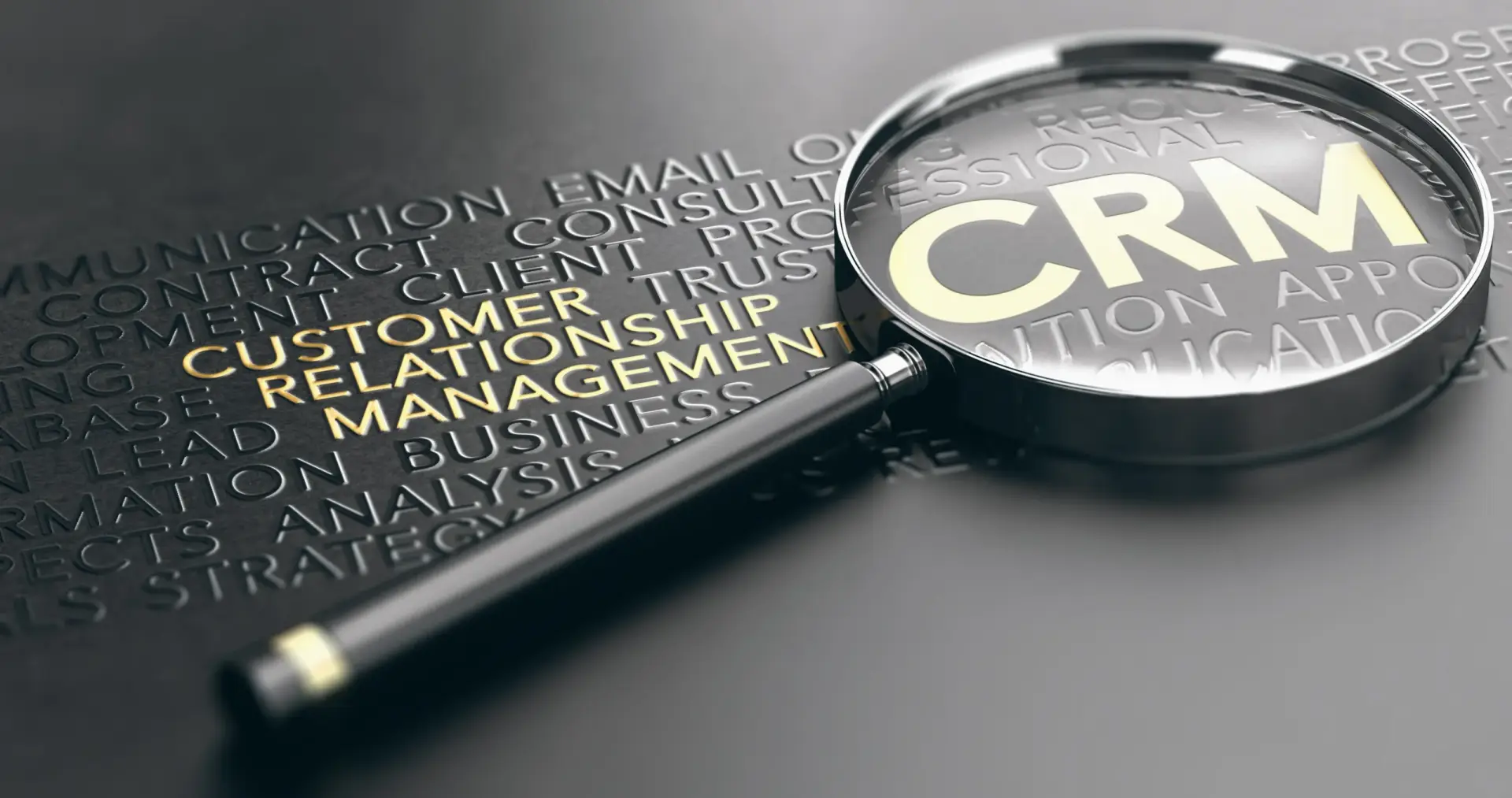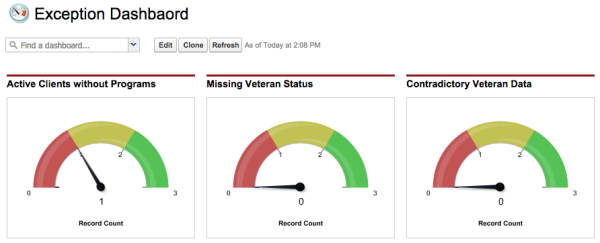Salesforce has become the backbone of customer relationship management (CRM) for organizations across industries. But while Salesforce offers powerful tools, workflows, and integrations, its real value comes down to one thing: the quality of your data.
Without strong data governance, Salesforce can quickly go from a strategic asset to a source of confusion, wasted time, and missed opportunities. That’s why every business—no matter the size—needs a clear data governance plan.
What is Data Governance?
At its core, data governance is the framework for how your business collects, manages, protects, and uses data. It’s the set of policies, processes, and roles that ensures data remains accurate, consistent, secure, and accessible to the right people.
Within Salesforce, this means:
- Defining who owns which records.
- Establishing data standards (naming conventions, required fields, validation rules).
- Managing permissions and access.
- Enforcing compliance with legal and industry regulations.
- Ensuring data remains clean and deduplicated.
Why Data Governance in Salesforce Matters
1. Trust in Your Reports
If sales reps, marketers, and executives are pulling reports from Salesforce, those insights are only as good as the data behind them. A governance plan ensures that dashboards reflect reality—not incomplete or outdated records.
2. Better Customer Relationships
When customer records are inconsistent or duplicated, communication breaks down. Governance helps maintain a single source of truth so your teams have a 360° view of each customer.
3. Operational Efficiency
Bad data costs time. Reps waste hours chasing down the right contacts or fixing errors. With strong governance, processes run smoother, and employees focus on high-value work instead of cleaning up mistakes.
4. Regulatory Compliance
From GDPR to HIPAA, data privacy and security laws are tightening. A Salesforce governance plan helps ensure your business complies with regulations and avoids costly penalties.
5. Scalability
As your organization grows, so does your Salesforce instance. Without a governance framework, complexity compounds. Governance provides the foundation for scaling Salesforce without spiraling into chaos.
Key Elements of a Salesforce Data Governance Plan
- Clear Data Ownership – Assign responsibility for data quality by object or field (e.g., Marketing owns Leads, Sales owns Opportunities).
- Standardization & Validation Rules – Create consistent field naming, dropdown values, and required inputs to prevent errors.
- Access & Permissions – Control who can view, edit, or delete records to protect sensitive information.
- Data Quality Processes – Deduplication, regular audits, and error-checking routines.
- Compliance & Security Policies – Document how your org handles data privacy, retention, and security.
- Training & Adoption – Equip your team with the knowledge to follow governance policies and use Salesforce effectively.
Building Governance into Your Salesforce Strategy
The best data governance plans aren’t static—they evolve. As your org changes, your data model, integrations, and compliance requirements will too. Make governance part of your regular Salesforce roadmap, not a one-time project.
Start small:
- Define ownership of key objects.
- Standardize your top fields.
- Run a data cleanup sprint.
Then build from there, layering in policies, training, and automation.
Final Thoughts
Salesforce is only as powerful as the data it manages. A well-structured data governance plan ensures that your CRM remains a competitive advantage, not a liability.
By putting the right policies, processes, and roles in place, businesses can:
✅ Trust their reports
✅ Deepen customer relationships
✅ Improve efficiency
✅ Stay compliant
✅ Scale with confidence
If your organization hasn’t yet built a Salesforce data governance plan, now is the time to start.




